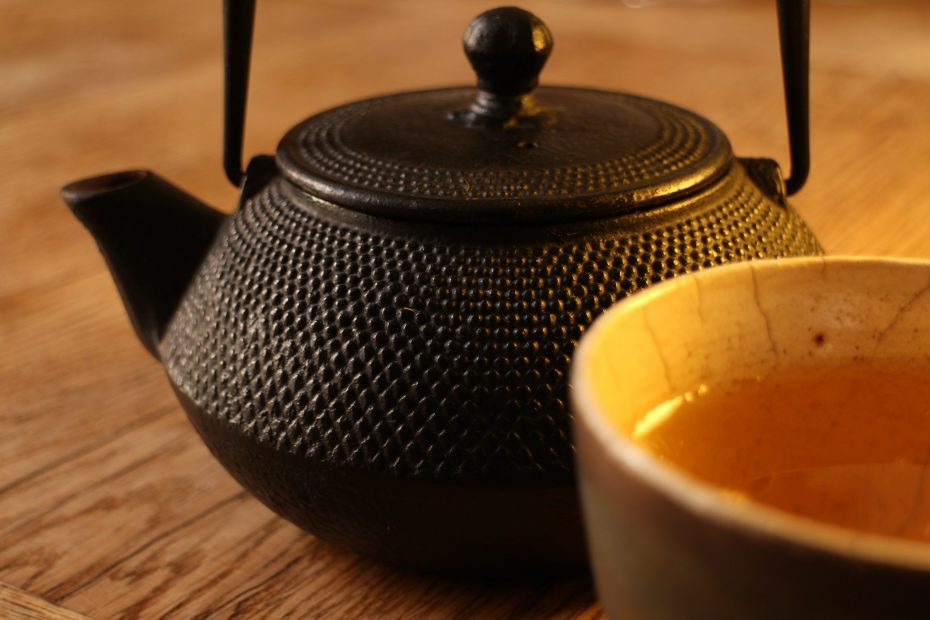What kind of tea is Silver Needle?
Silver Needle is one of the most famous Chinese teas and, like Bai Mudan, is a white tea. In Chinese it is called Bai Hao Yin Zhen, or simply Yin Zhen, and is native to Fujian province in southeast China, an area famous for white tea production. In particular, it is those from the city of Fuding, on the border with Zhejiang province, that are considered the most valuable.
It will be easy to recognize because it consists of unopened, long, needle-like (needle) tapered shoots, covered with soft white/silvery down. It is perhaps more difficult to navigate among the many qualities but we will see at the end of the article some tips. Now let’s find out how it is prepared and what this special white tea tastes like.
How to prepare Silver Needle
Silver Needle, so rich in buds, is a delicate tea but not particularly difficult to prepare. It really only takes a few steps to make an excellent drink. These are my recommendations:
Quantity: 3 g per cup (about 200 ml of water), which corresponds to about a tablespoon of tea leaves
Temperature: natural mineral water at 75 to 80° C
Infusion time: 4 minutes
Such an elegant tea deserves to be tasted following the Oriental ritual, prepared with gaiwan. This is how I do it:
Quantity: 5 g per cup (about 150 ml of water), which corresponds to about two soup spoons of tea leaves
Temperature: natural mineral water at 75 to 80° C
Infusion time: 50 to 60 seconds. I usually do not exceed three infusions with the same leaves.
Iced tea
Silver Needle is an excellent tea to be enjoyed cold, sweet, delicate and refreshing. How to make it? I brew it like this:
Quantity: 10 g per 1 liter of water, which corresponds to about five tablespoons of tea leaves
Temperature: cold or room temperature natural mineral water
Infusion time: 8 hours in the refrigerator (cold infusion).
Taste, pairings and recipes
If you are used to drinking full-bodied black teas like an Indian Assam, you will hardly appreciate this tea. Why? Because it is very delicate on the palate, with sweet and floral notes. For this reason, when I talk about white tea in my classes, I have people taste Bai Mudan, which has a stronger, more intense flavor and is easier to understand and appreciate if they are approaching this type of tea for the first time.
Since we have been talking about a mild-tasting tea, most recommend drinking it alone because the risk is that any food will cover its flavor. Instead, some bloggers suggest pairing Silver Needle with fresh, unripened cheeses, while the Michelin guide suggests accompanying it with mooncake (the stuffed cupcake of the mid-autumn festival) filled with azuki bean paste.
Properties of Silver Needle white tea
White tea is a still little-known but interesting tea for those who are mindful of the benefits of what they drink or eat. This type of tea, being only slightly oxidized, can be considered similar to green tea nutritionally. It is rich in polyphenols, has a beneficial influence on the cardiovascular system, protects the brain and skin from aging, and seems to be good for bones and teeth.
Contraindications of white tea
Warning: contrary to what so many people think, white tea, and Silver Needle is no exception, contains caffeine! Humanitas speaks of about 15 mg per 100 ml and advises against its consumption by children, those with insomnia and anxiety disorders. Remember that sprouts always contain more caffeine than other parts of the plant.
My experience can only confirm this statement: more than once I have had tachycardia from drinking a nice mug of white tea.
Where it is found
As we mentioned at the beginning, Silver Needle is one of China’s most famous teas. You will be able to buy it with ease online and in specialty tea stores. We also mentioned that it is made from fine leaves, so it is possible that the price may be high compared to your expectations. Just think that the Silver Needle is one of the teas that was given as a tribute to the emperor. According to one legend, Emperor Hui Tsung (1082 – 1135) was so focused on making the perfect cup of Silver Needle that he did not realize that the Mongols were invading the empire.
In order to know how to recognize a quality Silver Needle I give you Mei Leaf’s directions for navigating this world even before tasting the tea:
- buds only: if there are whole or broken leaves it is not a good sign
- color: it should be as uniform as possible and should not have leaves that are golden in color or tending toward dark
- hairiness: the more consistent and dense, the better
- size: the shoots should be large, full, enclosing multiple layers of very young leaves to give a more intense and complex flavor in the cup
Also be careful not to confuse Bai Hao Yin Zhen (Silver Needle) with Jun Shan Yin Zhen (Junshan Silver Needle) i.e., a yellow tea originating in Hunan Province, another very famous Chinese tea.
